A short history of Greater Montréal’s train stations
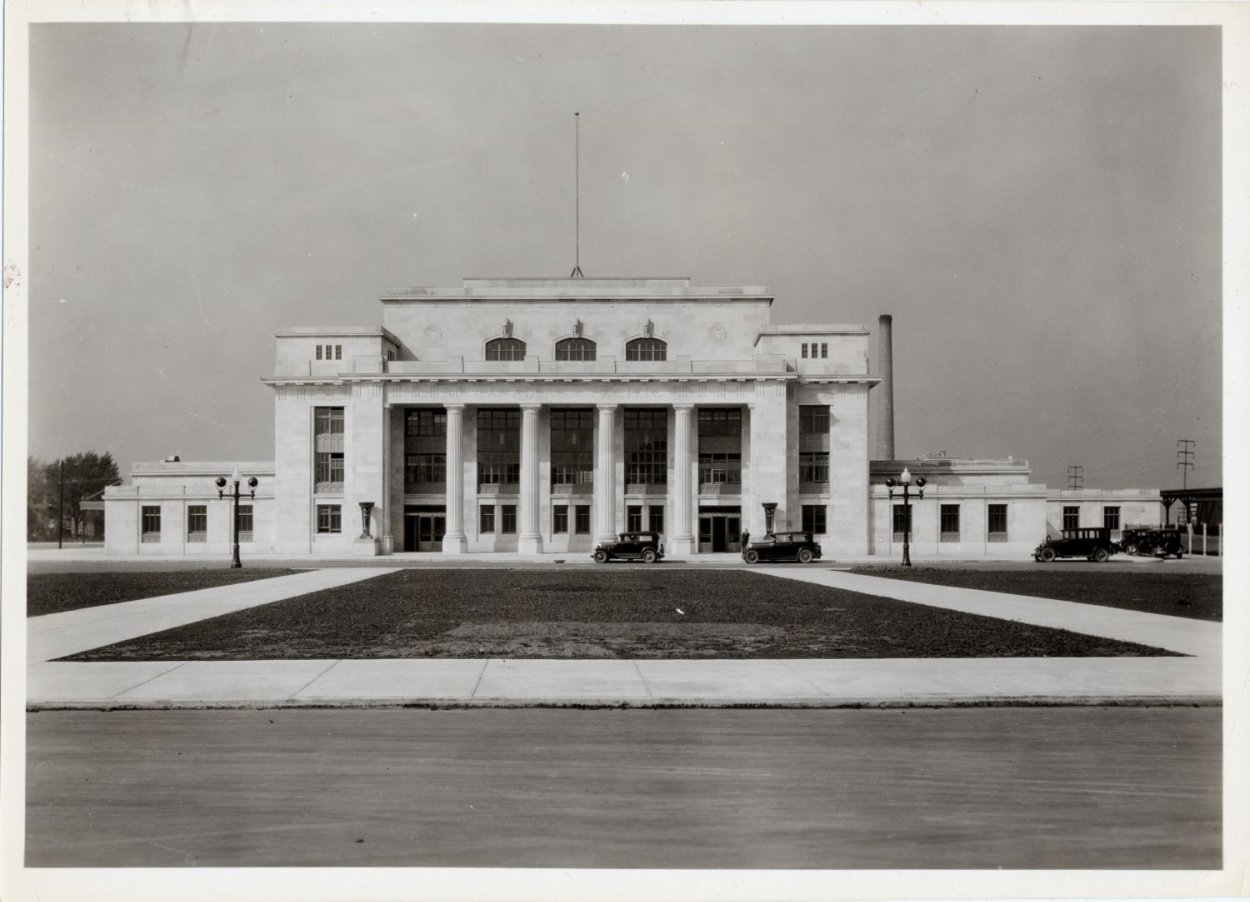
Greater Montréal’s railway sector is rich in history and architecture. Several of the old stations are still around today and reveal how the urban landscape has changed since the early 20th century.
While many stations have disappeared or changed vocation, some of them remain in service.
Here is a short history of the stations that are still standing today.
Mont-Royal Station
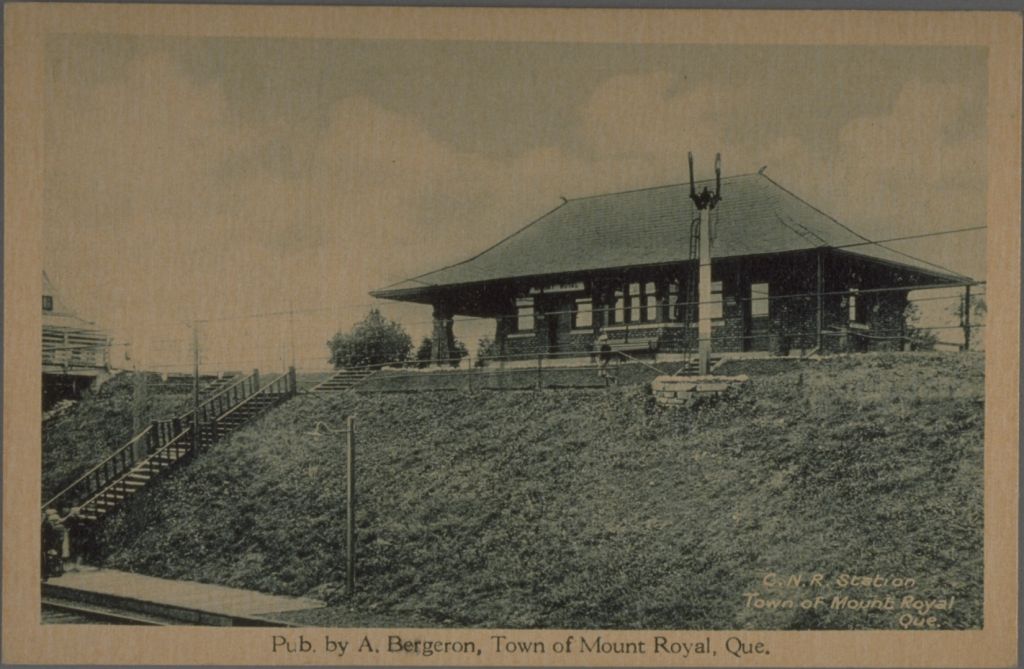
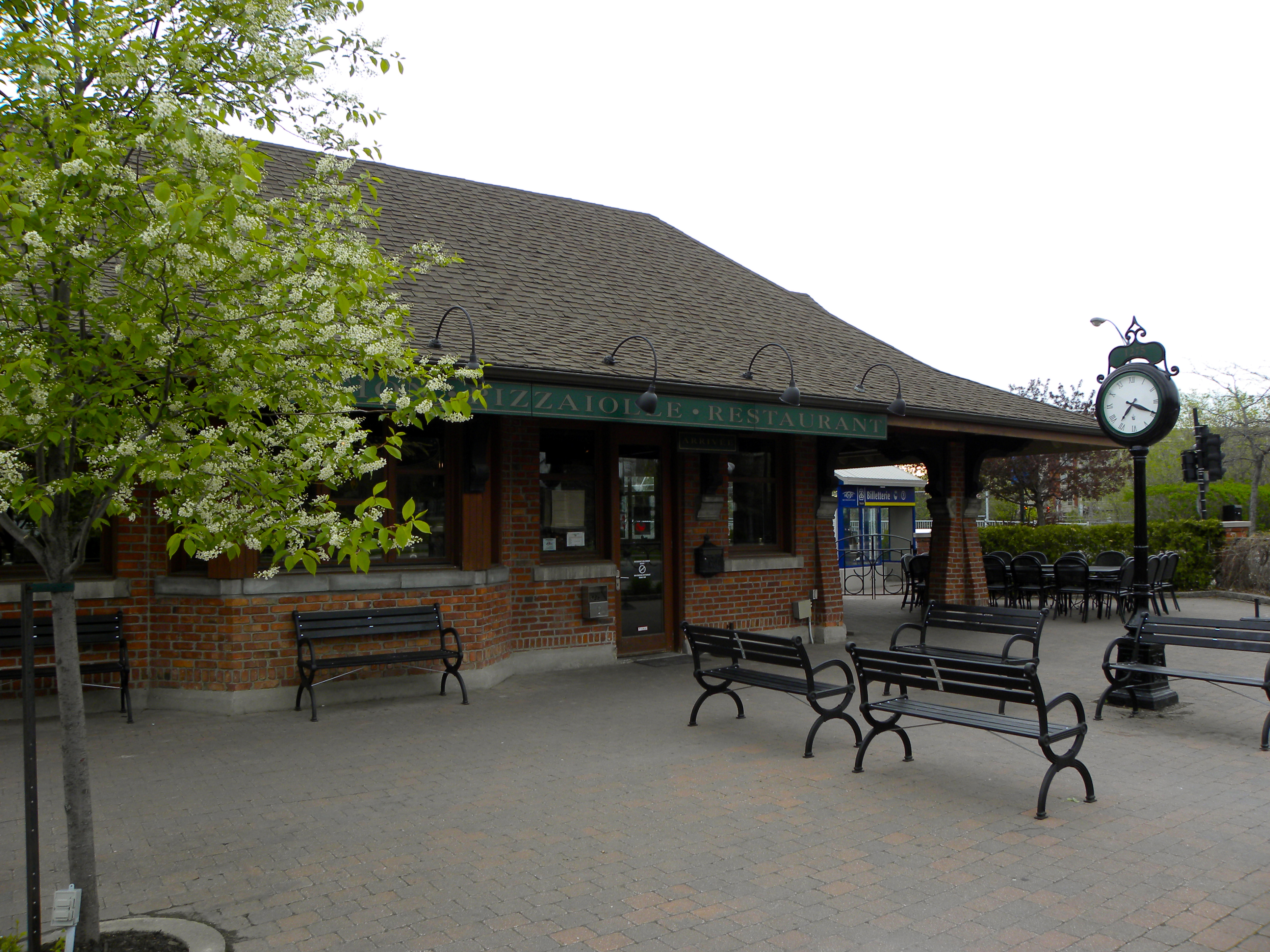
This station clearly demonstrates the importance of railway development for a city, especially in an era when heavy ground transportation was dominated by trains. The Town of Mount Royal was developed thanks to the station that carries its name. When this municipality was still countryside, the fact the commuter train allowed people to travel to downtown in just a few minutes was a strong selling point to attract new residents. Built soon after construction of the Mount Royal Tunnel, this 1917 building is still in operation today and has maintained its original cachet. It’s an excellent example of urban growth related to railway development.
Jean-Talon Station

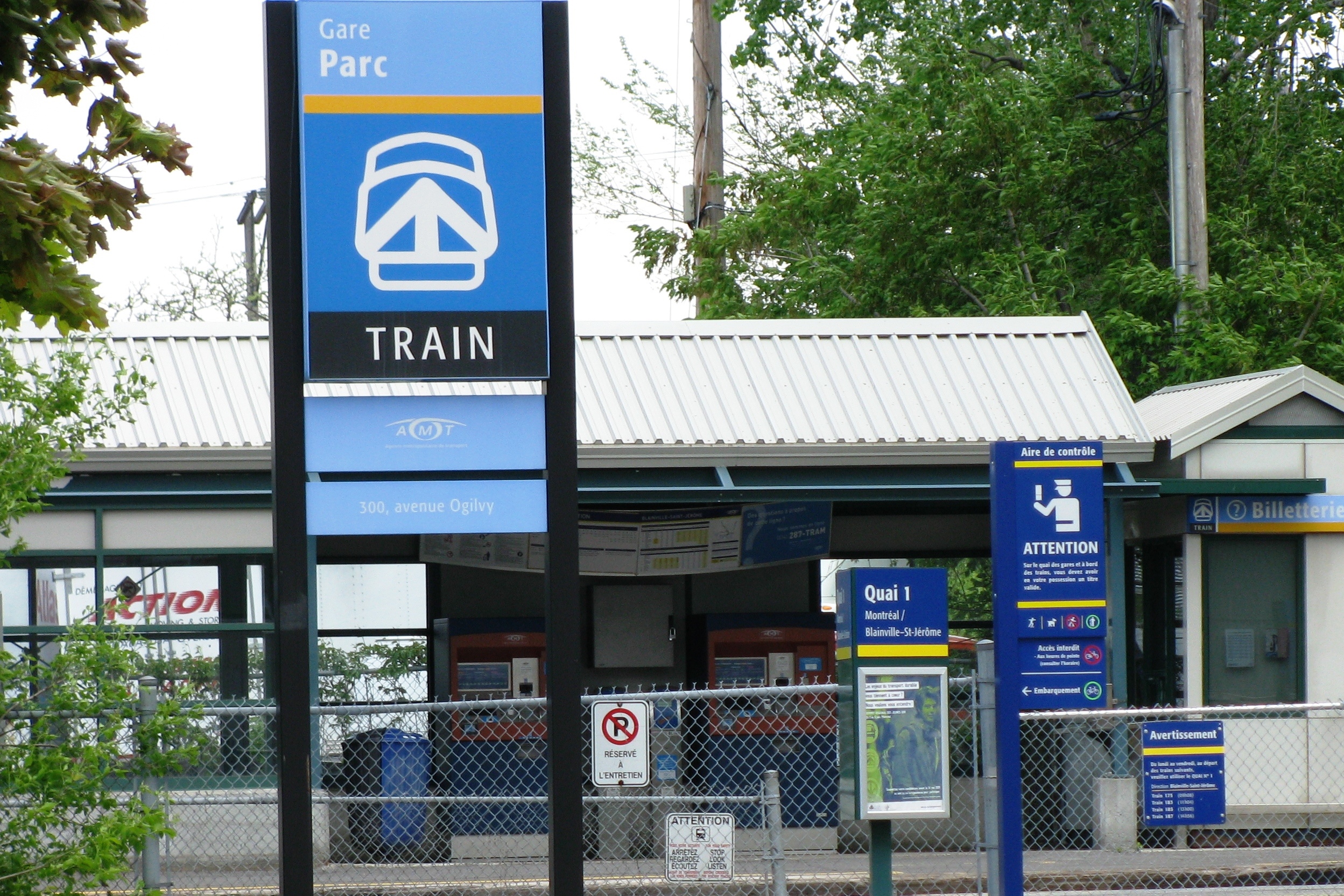
The building located at 395 Jean-Talon Street was built in 1931 at the behest of Canadian Pacific, which wished to consolidate several smaller stations in the area. Designed by architect Colin M. Drewitt, it has a superb Art Deco interior with most of its original features still intact. All trains serving Quebec City, Ottawa and the Laurentians passed through this station, which was known as Jean-Talon Station. Purchased by the City of Montréal in 1983, it was renamed Parc Station to align with the métro station of the same name located nearby.
Today, the former station is now a commercial building and rail operations have been moved closer to the railway lines at the new Parc Station.
Windsor Station

LLA.jpg)
For decades, Windsor Station was the final stop for commuter trains riding on Canadian Pacific tracks. When the Bell Centre was built, the railway operations moved to the new Lucien-L’Allier Station. The former building has kept its historical name and the new station, integrated with the Bell Centre, took the name of the adjacent métro station.
Inaugurated on February 1, 1889, Windsor Station is an architectural jewel designed by American architect Bruce Price. It was expanded twice in its long history. Today, you can admire it at 1160 Canadiens-de-Montréal Avenue.
Saint-Basile-le-Grand Station
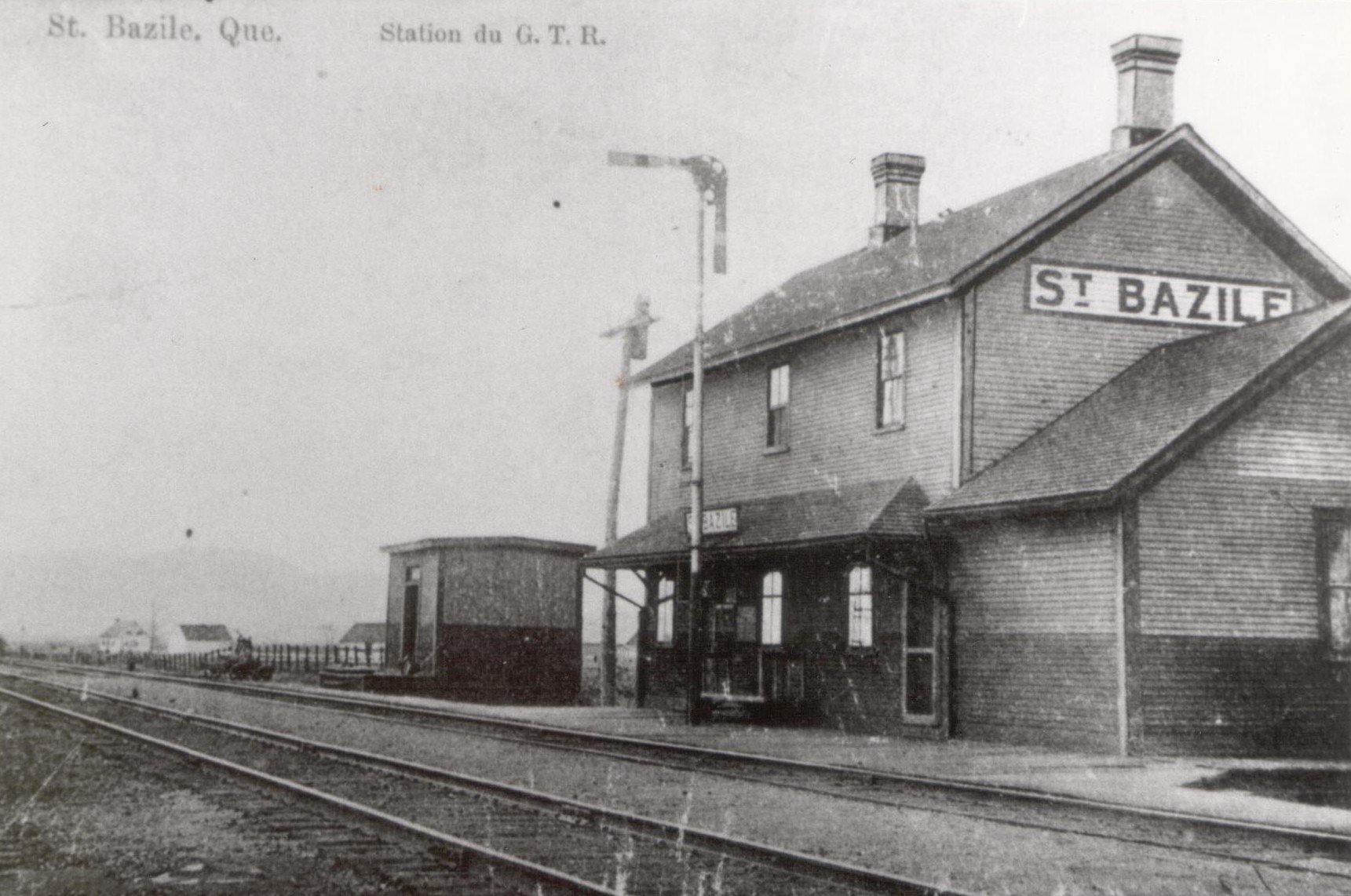
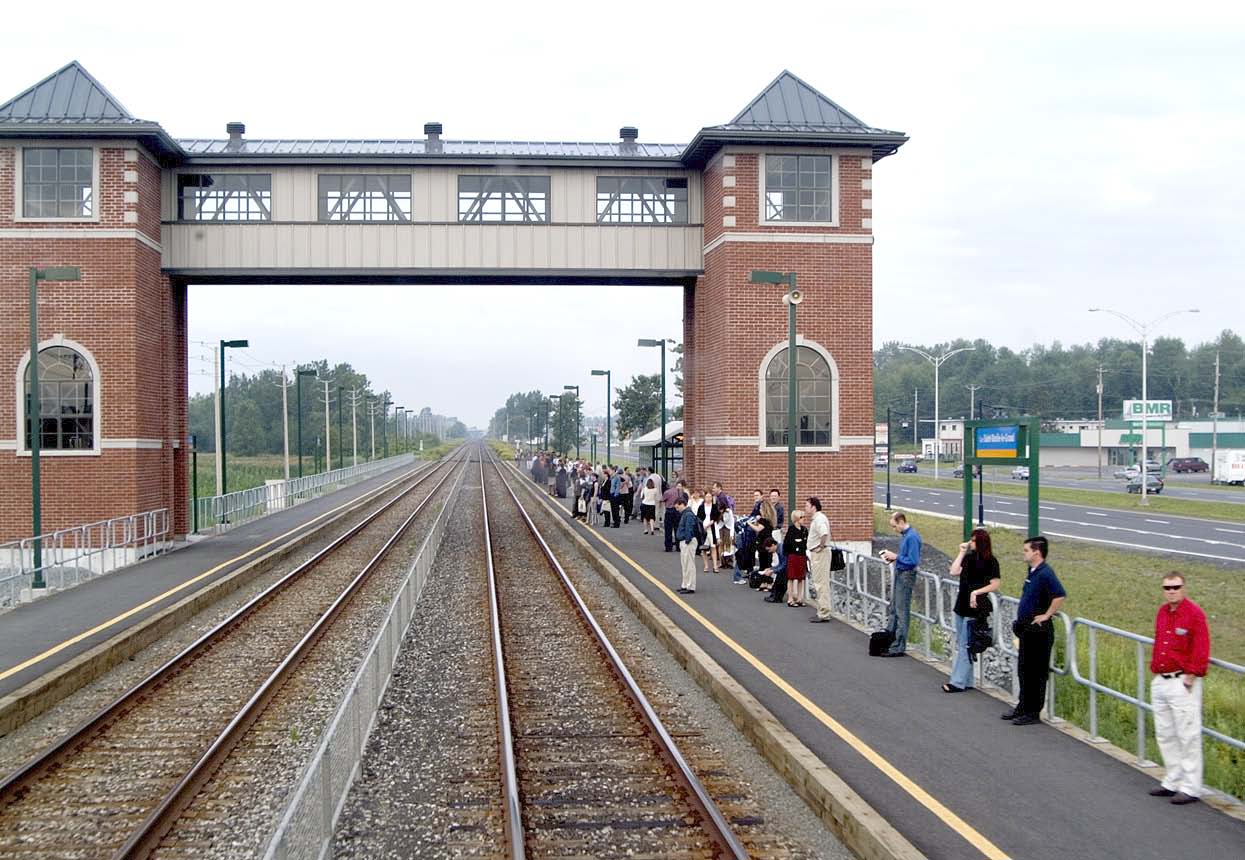
Long before the current building existed, there was a station at Saint-Basile-le-Grand. Built in the late 19th century, the building served as the residence for the stationmaster and his family, up until its demolition in 1962, having become outdated.
The new Saint-Basile-le-Grand Station consists of two buildings joined by a passageway that links the platforms.
Mont-Saint-Hilaire Station
.jpg)

Like Saint-Basile-le-Grand Station, the current Mont-Saint-Hilaire Station is in a different location than the station that served the municipality at the start of the 20th century.
The former building, which had become dilapidated, was demolished in the 1960s.
Montréal-Ouest Station
.JPG)
Montréal-Ouest Station was built in 1905 by Canadian Pacific after the railway tracks were laid in 1886.
Over the years, the building maintained its original cachet and is now part of the municipality’s heritage. The station continues to welcome trains and passengers.
Like this content?
Sign up for our bimonthly newsletter to get all our inspiring articles and news.
When planning your trips, check your trip planning app to see the many route options available to you.
More news on exo.quebec
